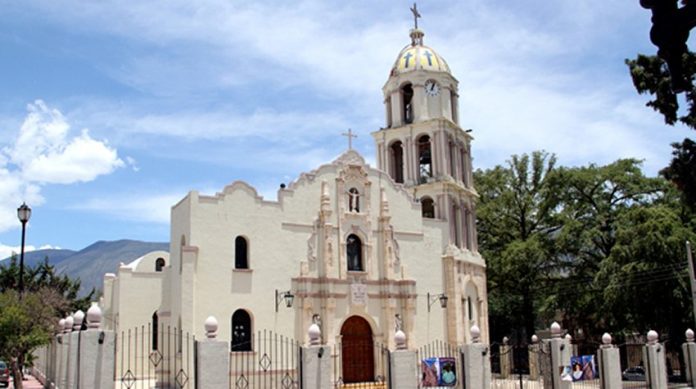Inclusion in Mexico’s Pueblos Mágicos program is supposed to help improve a town’s economy by boosting tourism, attracting investment and generating jobs.
But not all towns designated as magical have seen the benefits that are expected to follow. In fact, some of them have become poorer.
During 2012, the final year of former president Felipe Calderón’s six-year administration, 34 new magical towns were named, more than in any other year.
In the following years, poverty levels declined in 23 of them but poverty increased in 11, statistics from the social development agency Coneval show.
The biggest increase in poverty occurred in Arteaga, Coahuila, where the proportion of the population considered impoverished grew from just over 25% in 2010 to 41% in 2015.
Poverty also increased in Jiquilpan, Michoacán, known as the city of jacarandas, where the percentage of residents living in poverty increased from 46% to 53% in the same five-year period despite the magical designation.
Metepec, México state, saw the third highest increase in poverty between 2010 and 2015, with rates increasing from 25% of the population to 31.6%.
Other towns where poverty increased after receiving the sought-after magical moniker in 2012 are Yuriria, Guanajuato; Batopilas, Chihuahua; Loreto, Baja California Sur; Angangueo and Tacámbaro, both in Michoacán; and Cholula, Chignahuapan and Pahuatlán, all of which are in Puebla.
Francisco Madrid, director of the faculty of tourism at Anáhuac University, told the newspaper El Universal that at the end of Calderón’s administration a lot of towns were included in the Pueblos Mágicos program despite not meeting the inclusion requirements.
They include having a municipal tourism department and the implementation of a tourism development plan. Each town receives 5.2 million pesos (US $260,000) in federal funding on an annual basis.
There are now 121 magical towns in Mexico after the addition earlier this month of 10 new destinations.
Of those that received the designation in 2012, Mapimí, Durango, has seen the biggest improvement in terms of the well-being of citizens, with poverty levels cut from 61% in 2010 to 40% in 2015.
Poverty also decreased significantly in Huichapan, Hidalgo, and Viesca, Coahuila.
Source: El Universal (sp)
